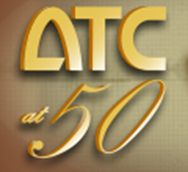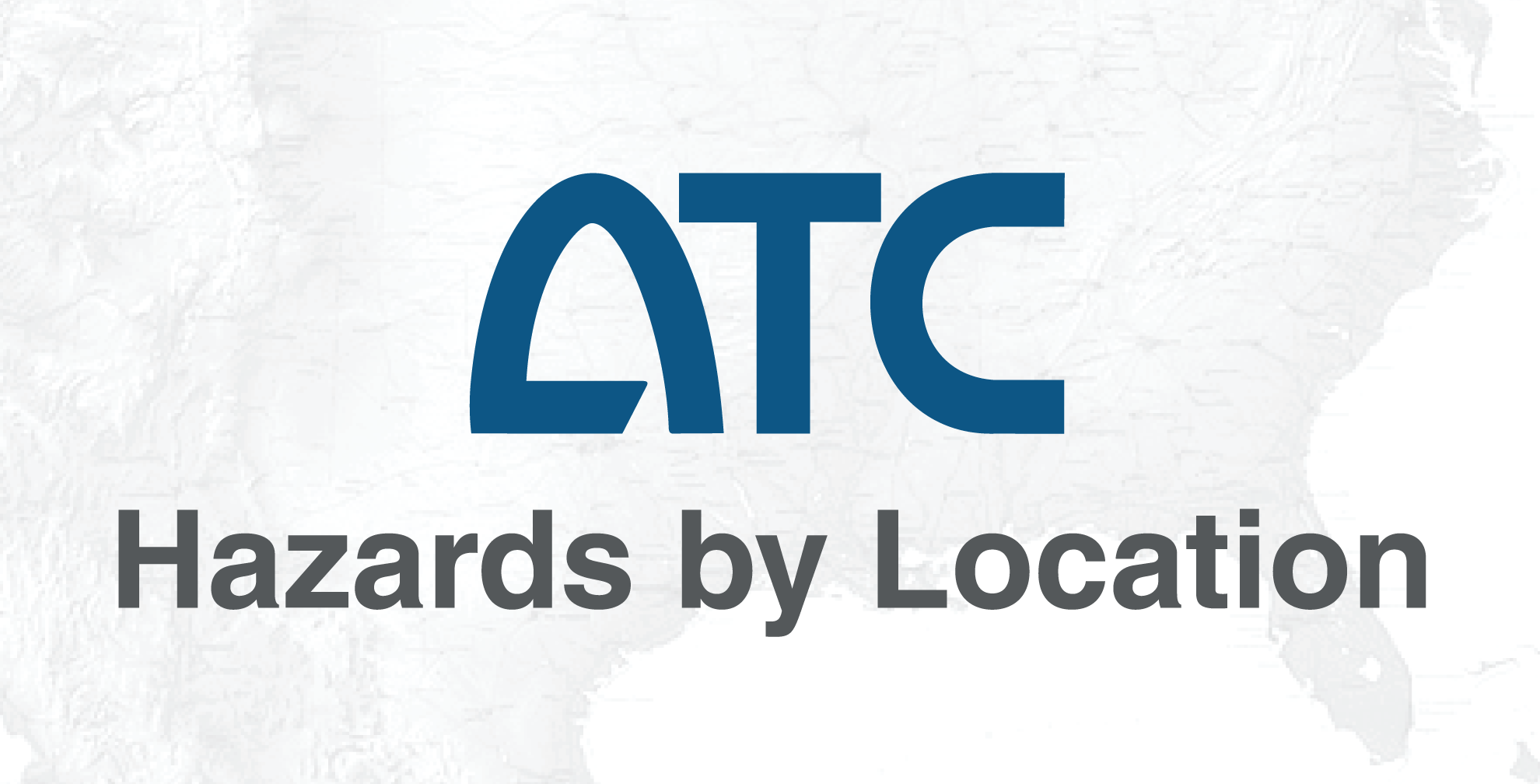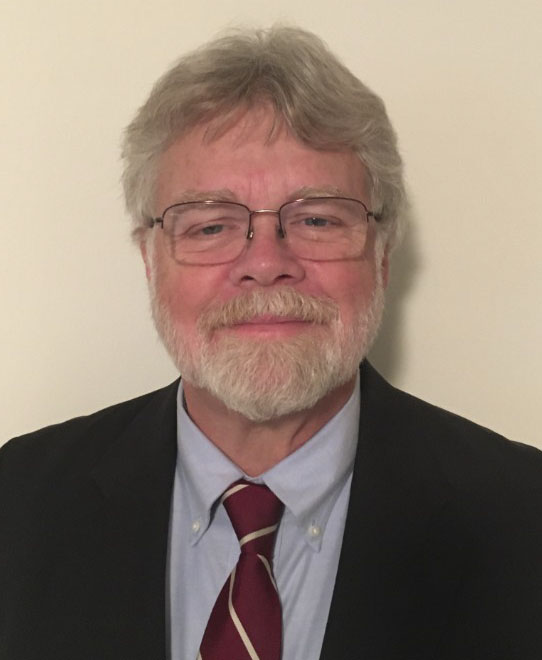Free Webinar on FEMA P-50 and FEMA P-50-1, Simplified Seismic Assessment
and Retrofit Guidelines for Detached, Single-Family, Wood-Frame Dwellings
Wednesday, March 23, 2016
12:00 pm – 1:30 pm Pacific
Registration Fee: Free
1,000 registrations (sites) maximum
To register, click here.
|
Purpose. The purpose of this webinar is to summarize the FEMA P-50 report, Simplified Seismic Assessment of Detached, Single-Family Wood-Frame Dwellings, and to give a brief introduction to the companion report, FEMA P-50-1, Seismic Retrofit Guidelines for Detached, Single-Family, Wood-Frame Dwellings. The FEMA P-50 and FEMA P-50-1 reports (both published in 2012) are updated and nationally expanded versions of the simplified assessment methodology and retrofit guidelines for detached, single-family, wood-frame dwellings that were originally developed under the ATC-50 and ATC-50-1 projects for use in the City of Los Angeles following the Northridge earthquake (first published in 2002). The FEMA P-50 simplified assessment methodology uses a six-page form to assign each dwelling a structural score based on observed dwelling characteristics, a seismic hazard score based on dwelling location and site hazards, and a resulting Seismic Performance Grade between A and D-. The methodology goes on to identify retrofit options for assessed items and the corresponding improved Seismic Performance Grade should that retrofit be implemented. The FEMA P-50-1 report provides details on the retrofit of the dwelling’s seismic deficiencies. |
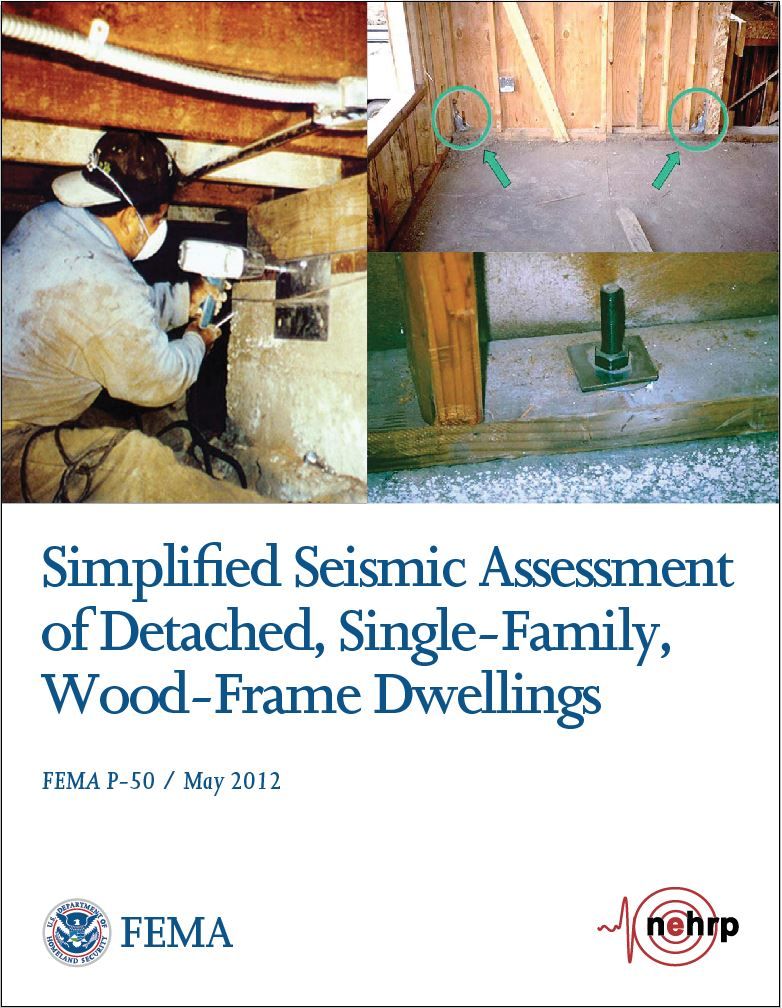 |
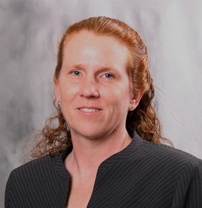 |
Intended Audience. The intended audience for this webinar includes building owners, building officials, home inspectors, design professionals, home builders, emergency planners, insurers, lenders, and any other persons involved in implementing or using results from the FEMA P-50 simplified seismic assessment methodology. Webinar Presenter: Kelly Cobeen, S.E. is an Associate Principal with Wiss, Janney, Elstner Associates, Inc. in the San Francisco area. She has 30 years of experience working on a wide range of projects involving new and existing buildings, and has had significant involvement in the development of building and residential codes and standards. She was a member of the Project Technical Committee for development of FEMA P-50 and a member of the Project Review Panel for the development of FEMA P-50-1. |
|
Professional Development Hours (PDHs). Each participant of this webinar will receive a certificate in PDF format documenting 1.5 PDHs. Each additional participant sharing the registrant’s computer may request PDH documentation using a form that will be provided as one of the webinar handouts. Registration Information. The webinar is funded by the National Earthquake Technical Assistance Program (NETAP*) and is limited to 1,000 registrations. To register, click here. NOTE: Attending this webinar is not equivalent to attending a FEMA P-50 and FEMA P-50-1 in-person training, which is typically a 6 hour session. In-person trainings on FEMA P-50 and FEMA P-50-1 are available through NETAP. About *NETAP. The Federal Emergency Management Agency (FEMA) developed NETAP as a mechanism for delivering direct assistance to the public through State, local, or tribal government entities, to increase their knowledge and ability to analyze their risk, make a plan, and take actions aimed at reducing their earthquake risk and supporting overall community resilience. |
 |
2016 ATC Webinar Program. The 2016 ATC Webinar Program is under development. To view upcoming scheduled and tentative webinars being planned, please click here.
Webinar Handouts. The following webinar handouts are available for immediate download:
- FEMA P-50 report, Simplified Seismic Assessment of Detached, Single-Family, Wood-Frame Dwellings (in PDF format).
- FEMA P-50-1 report, Seismic Retrofit Guidelines for Detached, Single-Family, Wood-Frame Dwellings (in PDF format).
- Webinar PowerPoint Presentation (in PDF format).
- Form to request a certificate documenting Professional Development Hours for additional participants at your site.
pdf
(18 KB) [Note: there is no need to complete this form for the person registered.] - When completing the Simplified Seismic Assessment Form, available resources to determine site liquefaction potential/susceptibility are listed here.
- To determine site landslide potential/susceptibility, available resources are listed here.
Participants may request hard copies of the reports from the FEMA warehouse, free of charge, by calling 1-800-480-2520. Expedited may be made through the ATC Online Store by clicking here.


